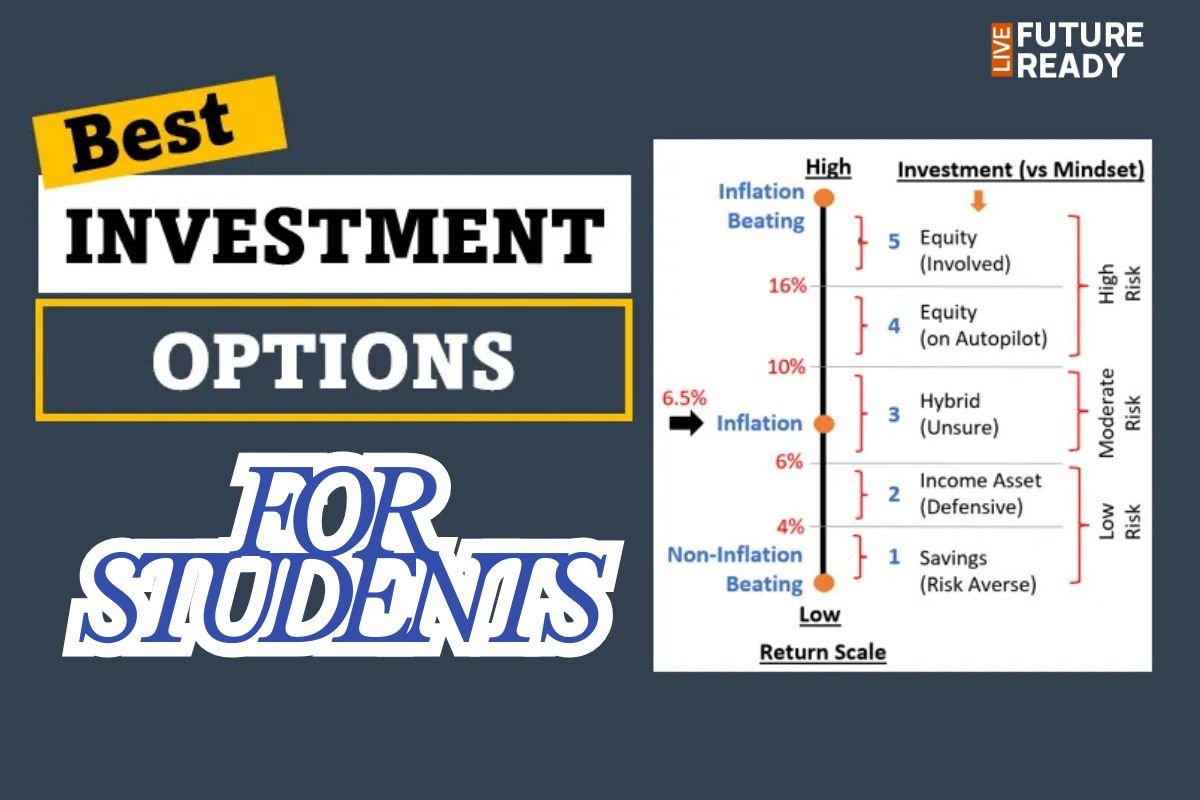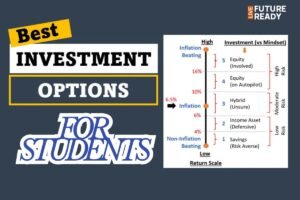Access to accurate and timely weather forecasts has long been a challenge in many African regions due to limited meteorological infrastructure and data sparsity. However, recent advancements in artificial intelligence (AI) are set to revolutionize weather forecasting across the continent, enhancing the ability to predict precipitation and other weather events with unprecedented precision.
Google’s AI-Driven Nowcasting Initiative
Google has introduced an AI-powered nowcasting system aimed at providing short-term weather forecasts for African communities. This technology leverages MetNet, an advanced model developed by Google Research, which utilizes satellite data and ground observations to predict global precipitation with high accuracy within a five-kilometer radius every 15 minutes for the next 12 hours. Notably, these forecasts are generated in under a minute, offering a swift and efficient solution for regions where traditional forecasting methods are constrained by limited radar coverage.
Aardvark Weather: A Collaborative Effort
In parallel, a collaboration between the University of Cambridge, the Alan Turing Institute, Microsoft Research, and the European Centre for Medium-Range Weather Forecasts (ECMWF) has led to the development of Aardvark Weather. This AI-driven forecasting model represents a significant leap forward by providing high-resolution forecasts rapidly, using fewer input data compared to traditional numerical weather prediction models. Aardvark’s ability to deliver tailored forecasts is particularly beneficial for applications in renewable energy and agriculture, sectors that are vital to many African economies.
Implications for African Communities
The integration of AI into weather forecasting holds immense promise for African communities. Enhanced forecast accuracy can lead to better preparedness for extreme weather events, improved agricultural planning, and more efficient management of water resources. For instance, farmers can make informed decisions about planting and harvesting, while disaster response teams can mobilize more effectively ahead of adverse weather conditions.
Challenges and the Path Forward
Despite these advancements, challenges remain. The successful implementation of AI-driven forecasts requires robust data collection infrastructures and the means to disseminate information effectively to end-users. Moreover, ensuring that these AI models are transparent and their predictions are interpretable is crucial for building trust among users.
Continued investment in AI research, coupled with collaborations between technology companies, academic institutions, and local governments, will be essential to overcome these challenges. By tailoring AI solutions to the unique needs of African regions, there is a significant opportunity to bridge the weather information gap and foster resilience against climate variability.
Disclaimer: The information in this blog is sourced from various news outlets, including The Guardian and The Verge.




















